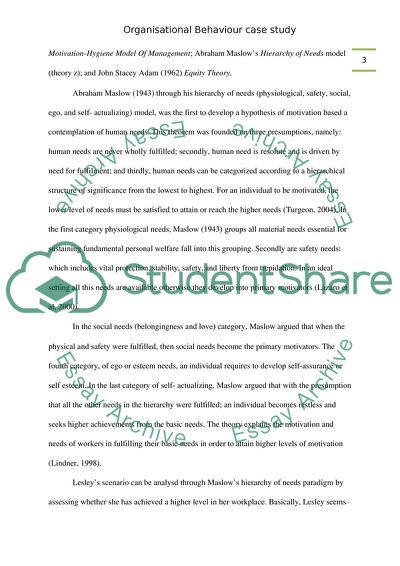Cite this document
(Main Aspects of Organizational Behaviour Case Study, n.d.)
Main Aspects of Organizational Behaviour Case Study. Retrieved from https://studentshare.org/human-resources/1727402-organisational-behaviour-case-study-assignmentessay
Main Aspects of Organizational Behaviour Case Study. Retrieved from https://studentshare.org/human-resources/1727402-organisational-behaviour-case-study-assignmentessay
(Main Aspects of Organizational Behaviour Case Study)
Main Aspects of Organizational Behaviour Case Study. https://studentshare.org/human-resources/1727402-organisational-behaviour-case-study-assignmentessay.
Main Aspects of Organizational Behaviour Case Study. https://studentshare.org/human-resources/1727402-organisational-behaviour-case-study-assignmentessay.
“Main Aspects of Organizational Behaviour Case Study”. https://studentshare.org/human-resources/1727402-organisational-behaviour-case-study-assignmentessay.


